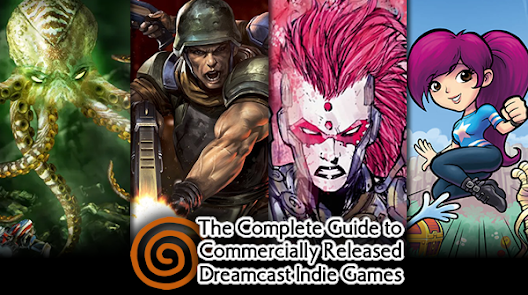As casual Star Wars fans tie themselves in knots with questions such as "who shot first? Han Solo or Greedo?", homebrew developer Frogbull is asking the real questions. There were three Star Wars games on the Sega Dreamcast; Jedi Power Battles, Demolition, and Episode I: Racer, but why do none of them let you pilot an X-Wing?!?
If you haven't encountered Frogbull before, they are the talented individual who showed off a proof-of-concept back in November of Metal Gear Solid 2: Sons of Liberty running on the Dreamcast, which was actually built using Luke Benstead's Simulant Engine and other homebrew tools. They also showcased similar prototypes of the first Metal Gear Solid and Final Fantasy VII running on the Sega Saturn, too. Their mission as a developer is clearly to prove these games can run on these Sega systems that they never got a chance to release on.
Yesterday, Twitter was awash with hype as Frogbull released footage of "Star Wars, Dream of the Rebellion" - a Rogue Squadron-inspired prototype - playing on the Dreamcast, which you can check out below. What's more, unlike previous efforts, Frogbull actually plans to release a playable demo of this project to the public for free in two weeks in the form of a .cdi file, for play on GDEMU, emulator, and I'm sure you’ll even be able to burn it onto a CD-R. Frogbull was generous enough to send me a playable build of it early, and I must say, I'm very impressed.
Once again running on the Simulant Engine, the Dream of the Rebellion demo currently features a single mission referred to as "Star Destroyer Pursuit". On the mission select screen, you can even press Y to hear C-3PO talk about the mission. Frogbull has utilised AI to get C-3PO's voice sounding accurate, and it really does sound good. Along with music and the famous title crawl Star Wars fans know and love, this demo is incredibly polished.
The gameplay of the mission has you following after the star destroyer in the X-Wing, shooting down approaching TIE fighters, with your goal being to get the best score possible by shooting down as many as you can as accurately as possible. You don't actually control the X-wing's forward movement, instead being limited to moving around the screen. But with the stars moving in the background and the slight movement of the star destroyer at the top of the screen, it really does give off the illusion that you are constantly moving forwards. If you dodge the TIE fighters, seeing their 3D models zoom off screen (as seen below) really is very impressive.














































.png)



